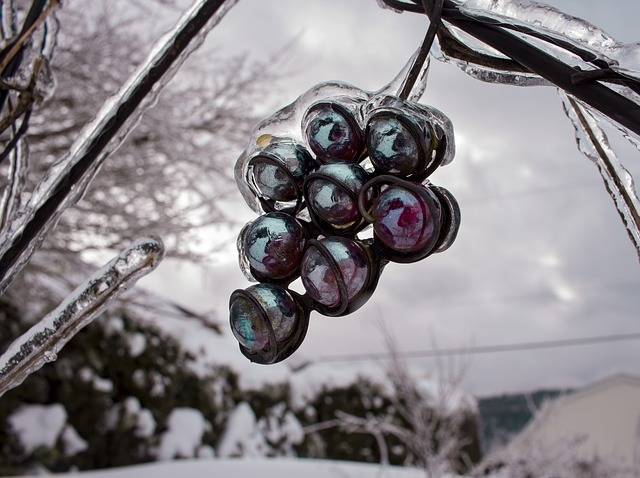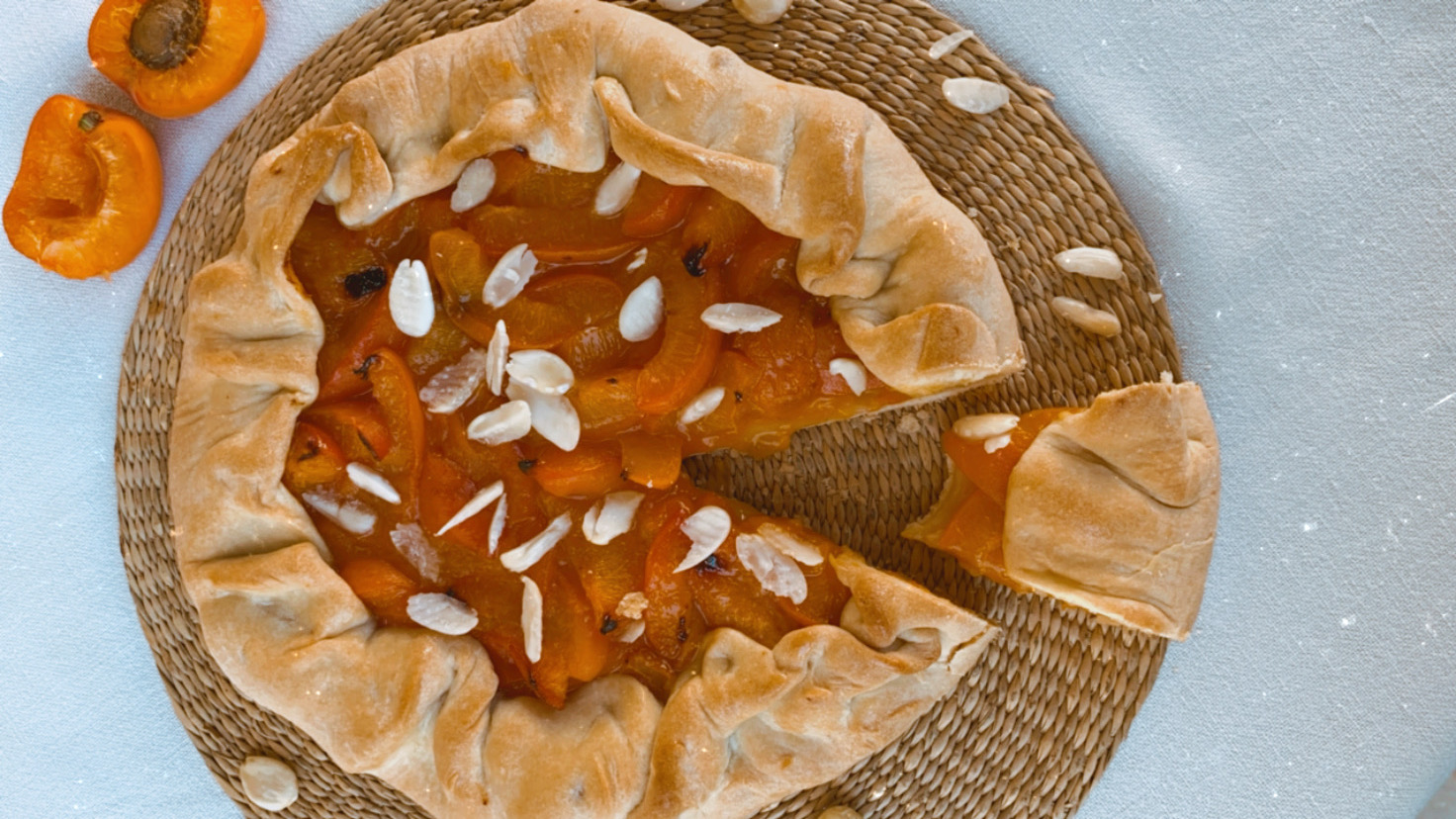It is not common to hear talking about Icewine, a wine of Roman origins,therefore very ancient. Producing them is not an easy task,it is necessary to extend the stay of the fruits on the vine, in order to be able to harvest them in winter. The wine that is obtained is sweet,golden yellow in color with shades of amber and topaz, intense and varied scents.
Table of Contents
BUT SPECIFICALLY, WHAT ARE THESE ICE WINES?
The ice wines, or vini di ghiaccio in Italian,are particular wines because of the way they are produced, and they are widespread mainly in the Nordic countries,where they were discovered, or better still, invented.
To produce them, growers must delay the ripening of grapes and be skillful in collect quickly the bunches still frozen. They are thus immediately pressed, to maintain a high concentration of sugars in the berries.
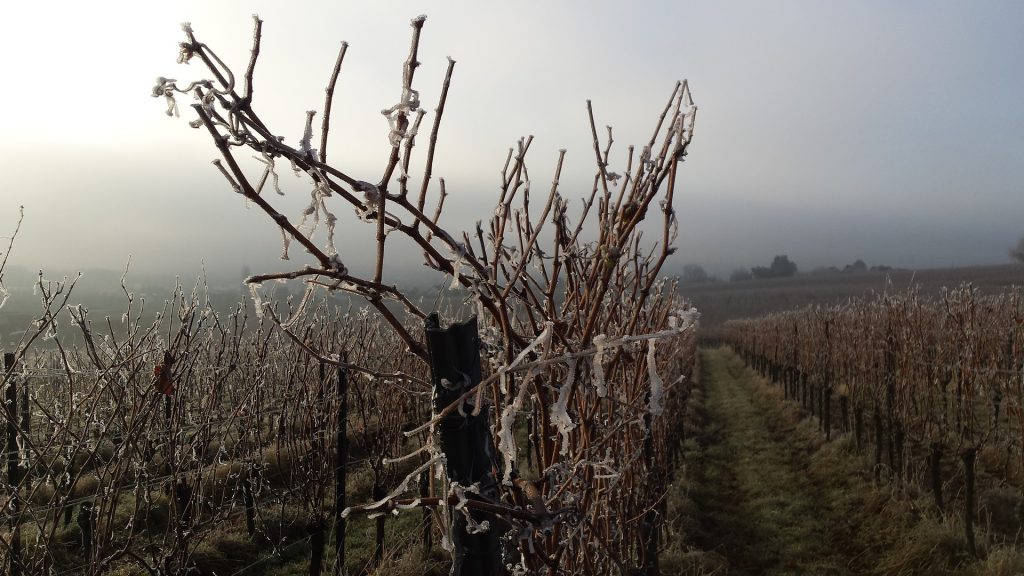
In this way the water remains frozen and avoids the formation of the so-called noble rot,allowing the wine to balance and benefit the union between sweetness and acidity, to form a riot of flavor.
Although the major producers are located abroad, also in Italy we enjoy very important vines in the northern area of the Alps,however, including some also in Emilia Romagna.
ORIGINS AND HISTORY OF ICE WINES
It is thought that their discovery is attributable to the Roman era.. Grazie agli scritti di Plinio il Vecchio (23-79 d.C.) scrittore e comandante romano, possiamo identificare la vendemmia di alcune uve nel periodo analogo ai primi ghiacci invernali.
According to the writings of Marco Valerio Marziale (38 / 41-104 AD), a Roman poet, the strands could be left on the vine even up to November,when the ice covered them.
Regarding the state of the grapes, or the type of wine that was obtained we have not received any writings explaining the details of collection and production.However, today the wines that are produced might be defined as the ancestors of today's ice wines, in Chiomonte, in the Val di Susa.
Before having other proofs of the existence of this wine, we have to wait until the 18th century,period in which Rheingau wine was produced in the Germanic regions, even if the over-ripening of this wine, it is not certain that it was due to ice.
Nonetheless, we can say with conviction that the first ice wine ever created,was produced in Germany in 1794.
THE OFFICIAL BIRTH OF THE ICE WINES
The texts indicate that the discovery the possibility of using frozen grapes, was simply a coincidence..
In 1829 in Rheinhessen the harvest was not very good and many locks were left on the vine because they were not considered suitable for the traditional harvest.
The chronicle of the time reports that, in February of the following year, they decided to try to pick up those strands left on the plant and they immediately realized that the juice contained in the berries was very sweet and tasty.
Hence the decision to press them to obtain the must and thus try to make the first ice wines, or as they are called in German Eiswein.
Thus we arrive at the present, in which the nations most active in the production of ice wines are Canada, Austria and Germany.Over time, these countries have managed to create a small space in the sweet wine market.
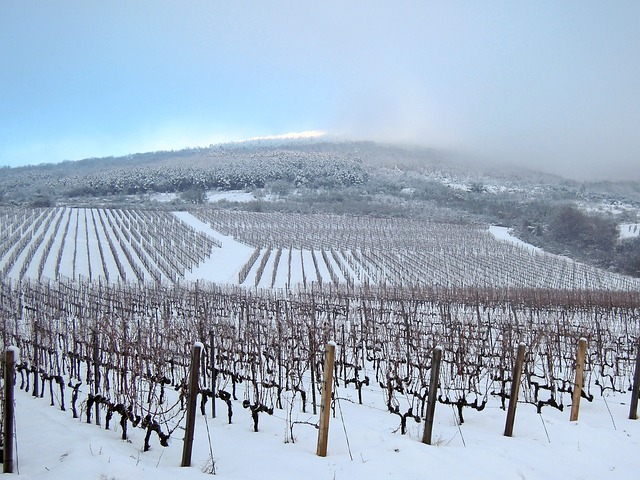
BUT HOW ARE ICE WINES PRODUCED?
Their production is anything but easy.
The strands are left all autumn and all winter on the vines and will be harvested only in January, when the berries are wrapped in a veil of ice and the water inside them is frozen.
The temperature during harvesting and crushing must remain very low, precisely below 7 ° C,this because the must that you want to get must be poor in water,while sugars, acids and salts, together with all the other elements extracted must be many and dense.
The manufacturers had to invent systems and build machineries that would allow them to preserve the product longer on the plant,but also to help them harvest in unfavorable weather conditions.
The most important are the following:
- power generators that could work even below zero, since the harvest must be done at the first light of dawn to have the grapes frozen (minimum -7 ° C);
- the use of pneumatic presses;;
- a remote temperature control system to prevent defrosting;
- the placement of plasticized sheets or plastic nets to protect the bunches from birds during the ripening on the plant;
THE TYPES OF GRAPES USED
The most used grapes are: white grape such as Riesling, Vidal and Chardonnay,and versions of red berry made with Cabernet Franc and Blaufränkisch.
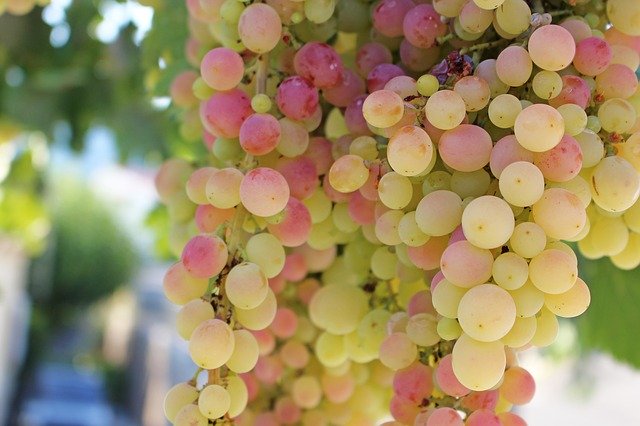
This type of harvest is not done simply by holding the grapes on the vine and letting them freeze, but the production processes of an Icewine are more complicated and start at least the previous year.
In fact, it is necessary to prepare the vine with a winter pruning one year before. This continues with the green harvest and the defoliation takes place, which must be completed before the first cold weather arrives.
Despite the meticulous preparation, not all of the strands will be usableat the time of the collection, in fact they will be used in a very small percentage ranging from 5% to 15% of the harvested product,in the most ideal conditions.
In fact, it is this process that determines the high cost of producing these wines,even if nothing is left to chance and despite the adoption of various techniques.
The latter benefit and speed up processes, especially by comparing them with those of the past, in which all these new machines did not exist, but production will always remain more complex and less productive than the traditional one.
WHERE ARE produced these wines IN THE WORLD?
Although the Germans were historically the first to have produced an Ice wine, the largest producers in the world are Canadians. However, the amount of wine made represents only 5% of the total production of Canada's national wines.
The most used grape variety to obtain these wines is Vidal,a white grape hybrid whose berries have a very thick skin, and is obtained bymeeting the Ugni Blanc (our Italian Trebbiano) with the Rayon d'Or.
The production takes place mainly in areas of Ontario and British Columbia where, in the period between November and Christmas, the grapes are subjected to rather low temperatures.
This allows the creation of the Ice wine, with conditions suitable for concentrating all the necessary juice inside the grape to make it a very sweet wine.
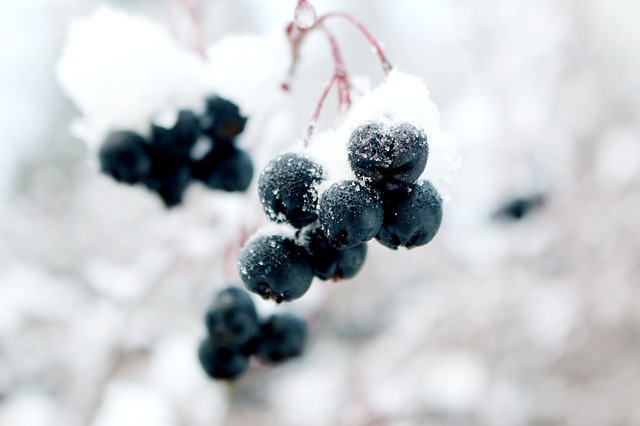
The features that we can find in these wines vary according to the type of blend (wine obtained from the blending of different grapes) that is used. If you consider an Icewine made with a Gewürztraminer,you will notice strong notes of exotic and floral fruit.
If done with a Reisling,the most particular aspects will be its minerality and its marked acidity. For this reason it should be paired with blue cheeses (gorgonzola, roquefort, stilton), dried fruit desserts, or a simple chocolate cake.
AN UNMISTAKABLE APPEARANCE AND TASTE
The wine obtained is sweet, yellow in color, almost golden, with shades between amber and topaz, whose aroma evokes intense and varied perfumes.During the tasting we can smell honey, sweet spices, candied citrus fruits and fruit in syrup.
Bottling is usually done in 375 ml bottles. Nevertheless, the quantity does not impact the price in a favorable way,in fact the prices can be quite high.
THE ice WINE IN ITALY
Currently the Italian production is concentrated in the north,in the area that goes from Trentino Alto Adige to Piedmont up to the Aosta Valley,without forgetting some excellent production also present in Emilia Romagna.
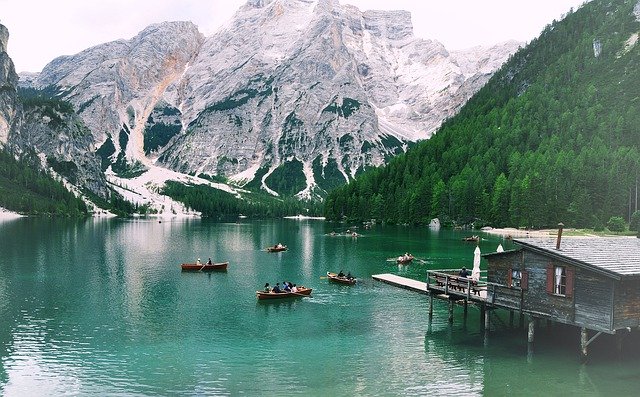
The most famous is the icewine which boasts the tallest grape variety in Europe,is located in Chiomonte in Susa Valley, it's called "the passito of ice".In this area the production is located at a height of about 800 meters, and the grapes are harvested strictly by hand, before the sun rises.
Due to global warming, the vinification of an Icewine is becoming more and more complex and delicate,for this reason it would be advantageous to try it before the rare production becomes non-existent.

The experience will be unique, the taste will be vigorous, sweet and dense, with complex but above all unique aromas and flavors.While you drink it, think about how much work it took to bring it to your table, it will make you live the moment more intensely.
Finally, combine it with what you prefer: whether it is a dessert or a cheese.Try it even without accompanying it with some other food, simply to end a good dinner.

